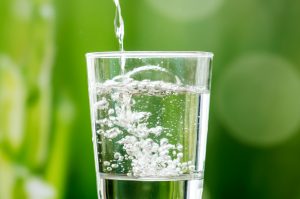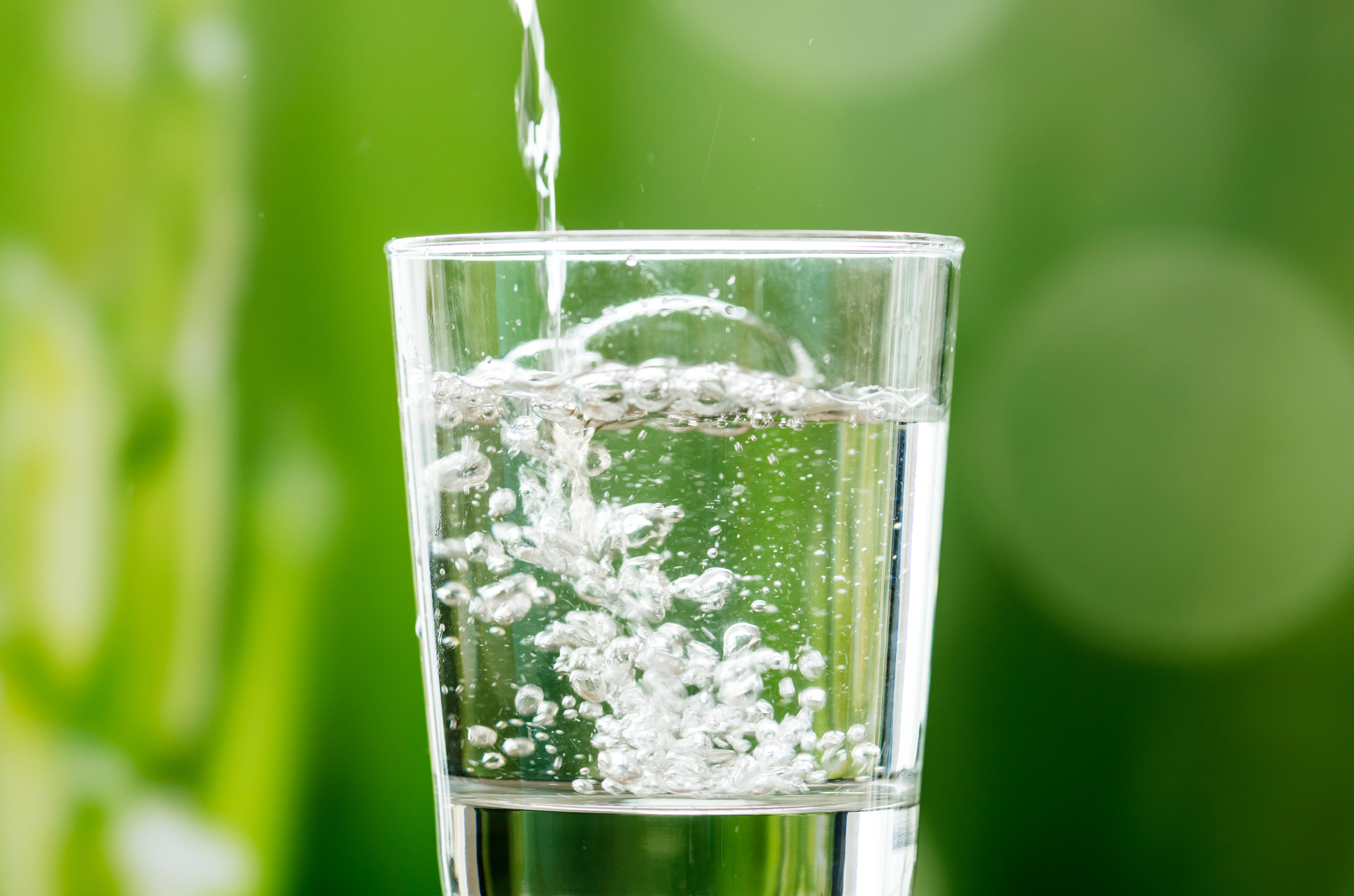Have you ever gone to the sink to fill a glass with water, but what comes out of the tap is something milky and cloudy, far from the clear water you were expecting? With all of the current concerns about water quality, cloudy water may cause you to dump out that glass and grab some bottled water instead. But what causes cloudy water and is it safe to drink? We’ll look at some of the probable culprits and tell you how you can test your water for common contaminants.
Air Bubbles
One of the most likely causes of “white water” is the formation of air bubbles. Whether your water comes from a well or a municipal source, water bubbles are created during the pumping process. As the bubbles float to the top, they are eventually released into the air, and the water clears.
Pressure Differences
During cold weather, cloudiness can be caused by increased pressure in the water system or the well pump. Cold water holds more air. As the water moves from the pipes to your glass, it warms up. The pressure changes and the warmer water releases excess air that is no longer soluble. The change in pressure creates a slightly carbonated effect that makes the water look cloudy. Again, this can be remedied by allowing the water to briefly settle. As the air dissipates, the water will clear.
Particles
Sometimes cloudy water is caused by sediment that gets into the water system. Small particles of sand and grit can make their way through filtration systems, giving your water an unpleasant look. This is particularly common with water from poorly maintained wells. While air bubbles will dissipate after a few minutes, particulate matter will generally sink to the bottom. Sediment filters are helpful for removing these particles, but this could be an indication that there are bacteria present.
Methane Gas
One of the least common causes of cloudy water is methane gas. Wells that are found in areas where there are gas and oil wells run the risk of methane contamination. Methane is a concern because of its flammability and difficulty to detect. It does not have an odor and will dissipate in a similar way as air bubbles. If you are concerned about methane in your water, you can use an aerator that helps release the gas into the atmosphere.
What Should You Do?
The most common solution to fix cloudy water is to let the water settle. After a few minutes, the air bubbles will float to the top, and the pressure will have equalized. However, if your water doesn’t clear up, this could indicate some type of contamination or damage to the water system.
Watching how the bubbles clear can help you identify if there is a problem with your pipes. If the bubbles clear from the bottom first, it means there could be trapped air in the pipes that needs to be flushed out. If the air bubbles start to clear from the top, the pipes could be contaminated with sediment. A plumber can help to resolve either of these issues.
Another simple test can be performed by running each cold-water source in your home for a few seconds and then filling a glass with water from each tap. When the water from every tap is cloudy, the cause is most likely air in the municipal supply. Cloudiness that is not happening at all taps could indicate that some of your aerators need to be cleaned. If the water remains cloudy after 24 hours, you should call your water company.
Testing Cloudy Water
If you are concerned about the quality of your water, you can easily test for common contaminants using an at-home water testing kit. TestAssured makes a complete water testing kit that will give you most test results in under ten minutes. The kit includes a bacteria test which takes 48 hours for the test to develop.
In most cases, the common causes of cloudy, or white water pose no health threats. It is safe to cook with, bath in, and to drink. If the cloudiness bothers you, simply let the water sit for a few minutes before drinking.

